PLUTO A world beyond the planets

How Is Pluto Still Active?
The New Horizons spacecraft sent back images from its 2015 flyby of Pluto showing clear evidence for recent and ongoing geologic activity. But how is this possible on such a tiny world so far from the Sun? Deep in the dwarf planet’s core, radioactive elements decaying over the eons continue to heat the interior enough to maintain a subsurface layer of liquid water that can push on and shift the crust above. This causes polygonal cracks the surface, builds mountain ranges, and creates icy volcanoes with watery lava. Similar processes driven by internal radioactivity are happening on rocky planets and large moons, though for some, like Earth, the liquid layer is made of molten rock, not water. On the surface, interactions between ices on the ground, the atmosphere, and sunlight produce a frigid climate that creates active glaciers of nitrogen ice and shifting dunes made of methane snow, erasing many small recent craters. Read More
Latest News About Pluto and The Kuiper Belt
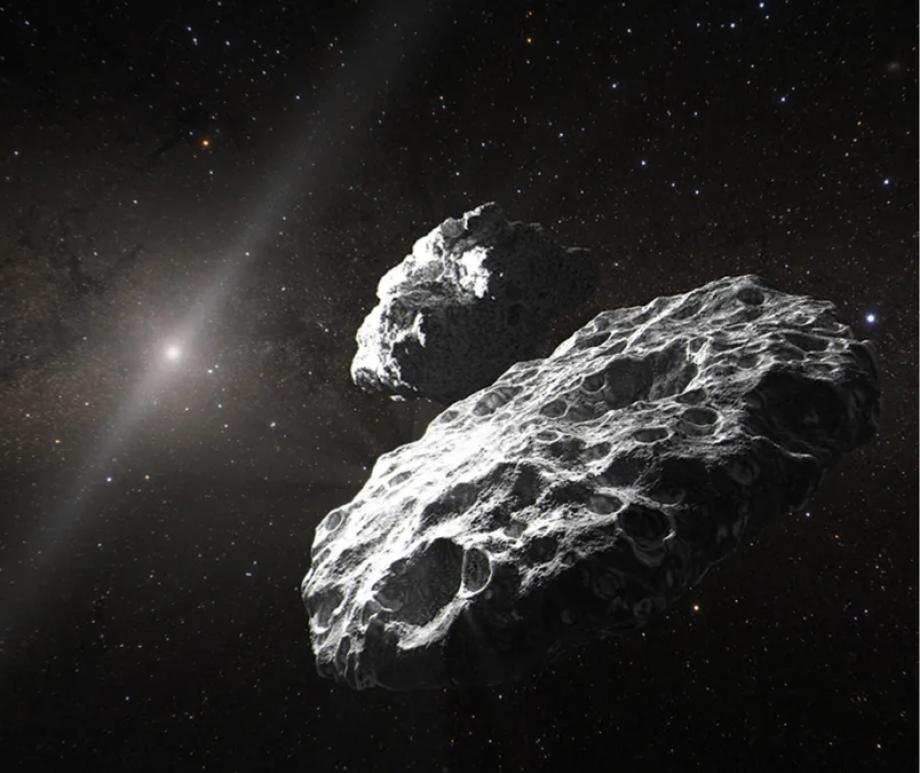
Hubble discovers a new '3-body problem' puzzle among Kuiper Belt
March 5, 2025
The universe is filled them, and we're finding that the Kuiper Belt may be no exception! Read more
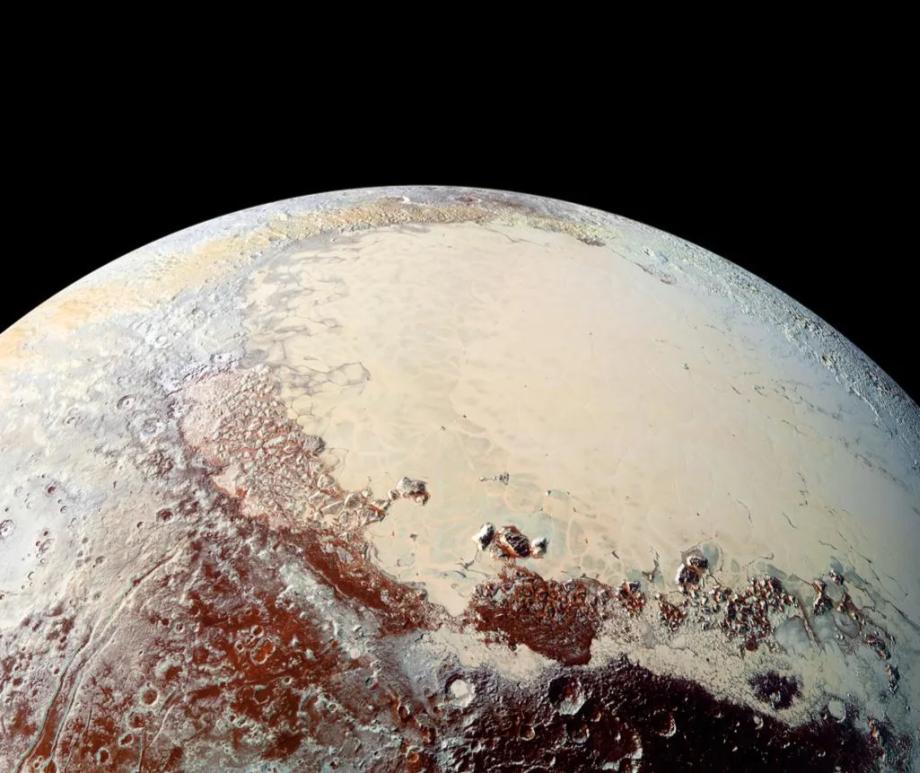
New Horizons probe gearing up for epic crossing of 'termination shock'
February 19, 2025
"The data from the termination shock encounter will be a treasure trove for space physicists worldwide" Read more
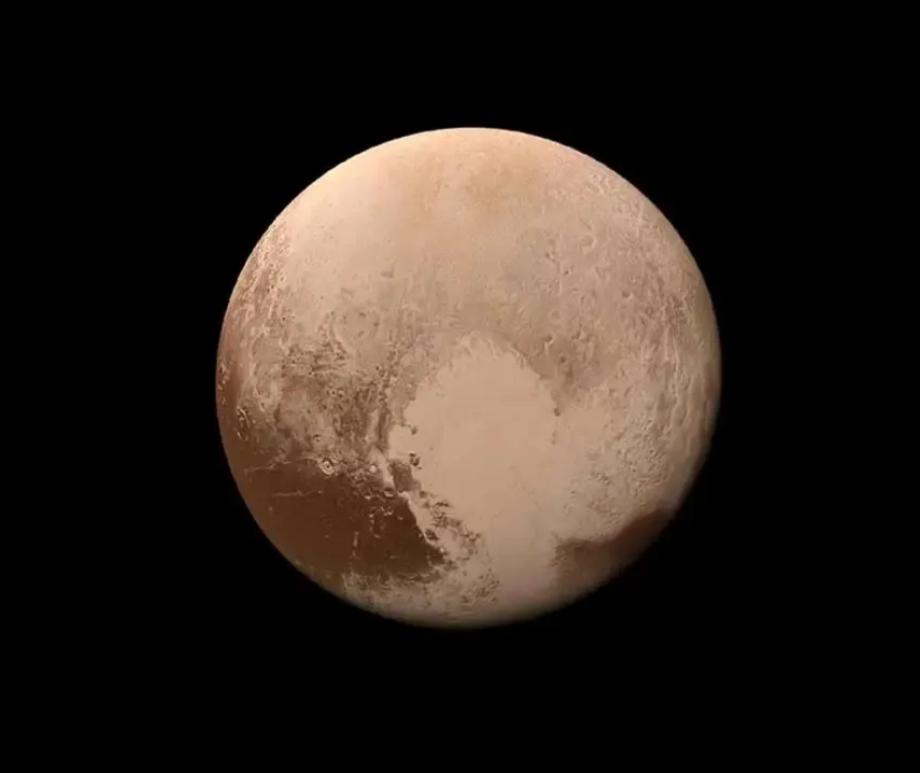
Is Pluto a planet or not? Who cares!
February 18, 2025
Our love for the King of the Kuiper Belt is stronger than ever 95 years later Read more
![Images of the trans-Neptunian objects (TNOs) Pluto [left] and Arrokoth [right], the primary flyby targets of NASA’s New Horizons spacecraft in 2015 and 2019 Images of the trans-Neptunian objects (TNOs) Pluto [left] and Arrokoth [right], the primary flyby targets of NASA’s New Horizons spacecraft in 2015 and 2019](https://saganplanetwalk.com/wp-content/themes/saganplanetwalk2018/img/Pluto_021425_unexpected.jpg)
NASA’s JWST just found something unexpected beyond Neptune
February 14, 2025
JWST has provided the first high-resolution spectral data on TNOs Read more
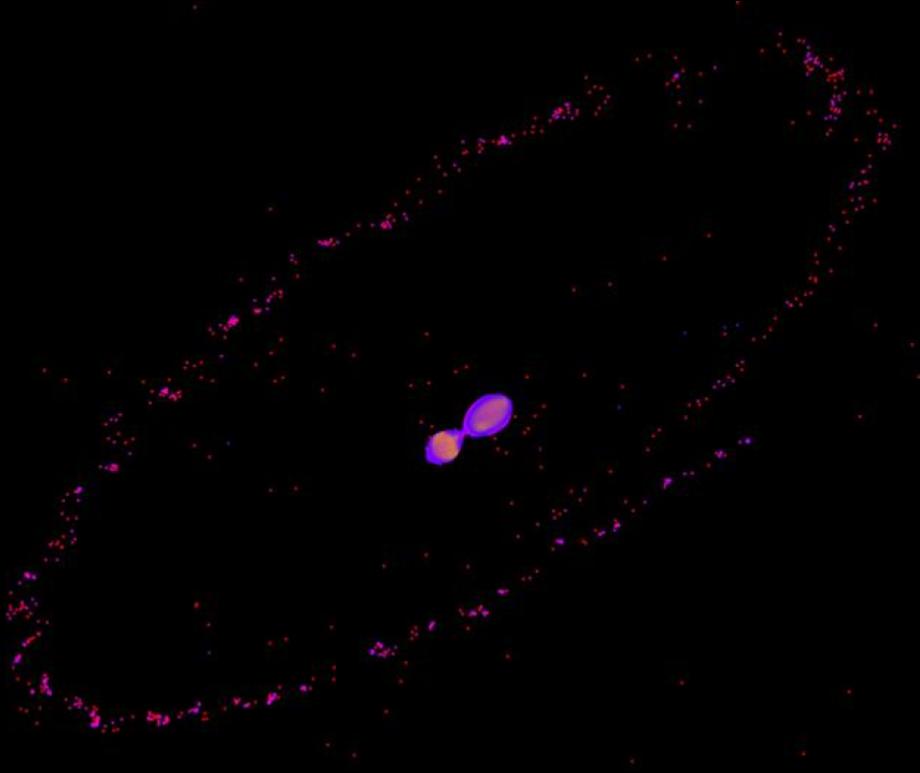
SwRI models Pluto-Charon formation scenario that mimics Earth-Moon system
January 7, 2025
New findings could support Pluto’s geologic activity and potential subsurface ocean Read more
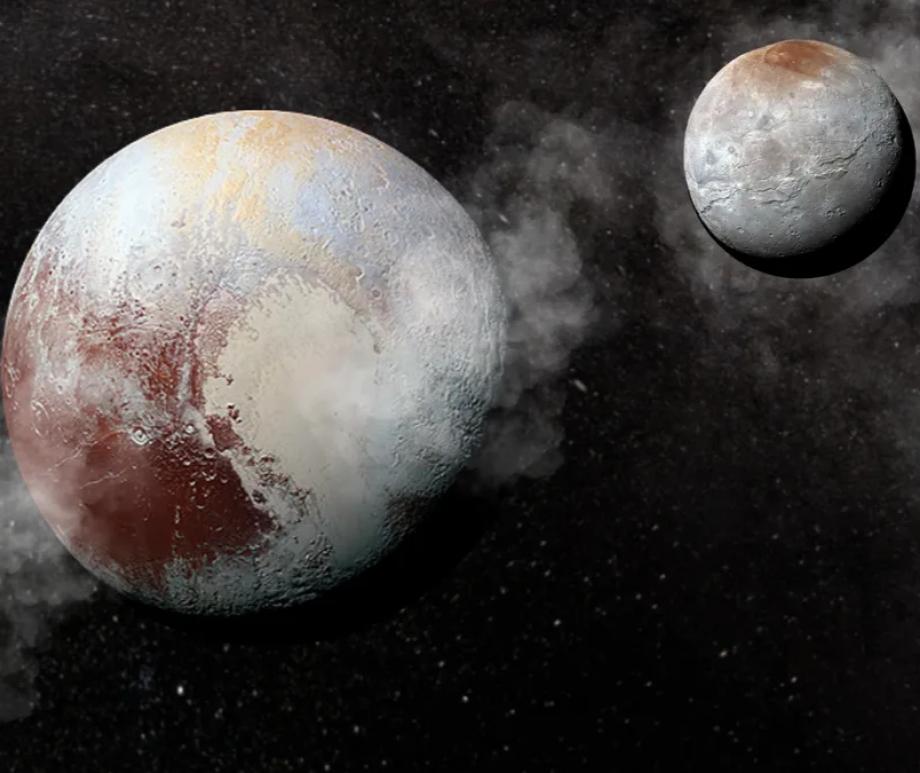
How Pluto captured its largest moon Charon with a 10-hour icy 'kiss'
January 6, 2025
"We were definitely surprised by the 'kiss' part of kiss-and-capture" Read more
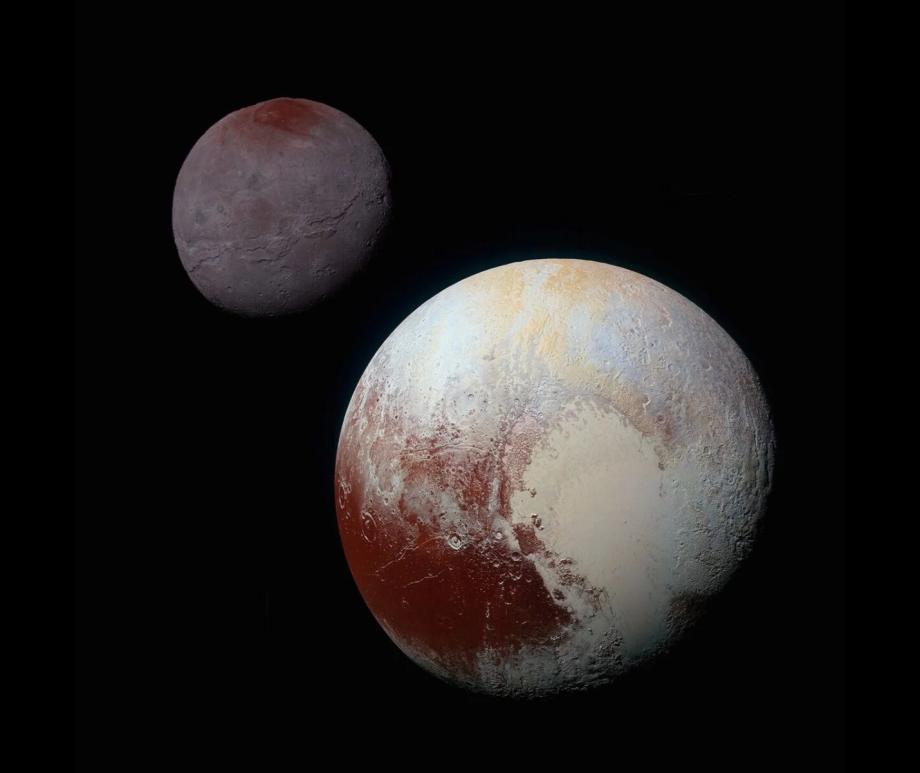
JWST reveals surprising surface chemistry is occurring on Pluto’s moon Charon
December 31, 2024
Both carbon dioxide and hydrogen peroxide on the surface of this distant moon Read more
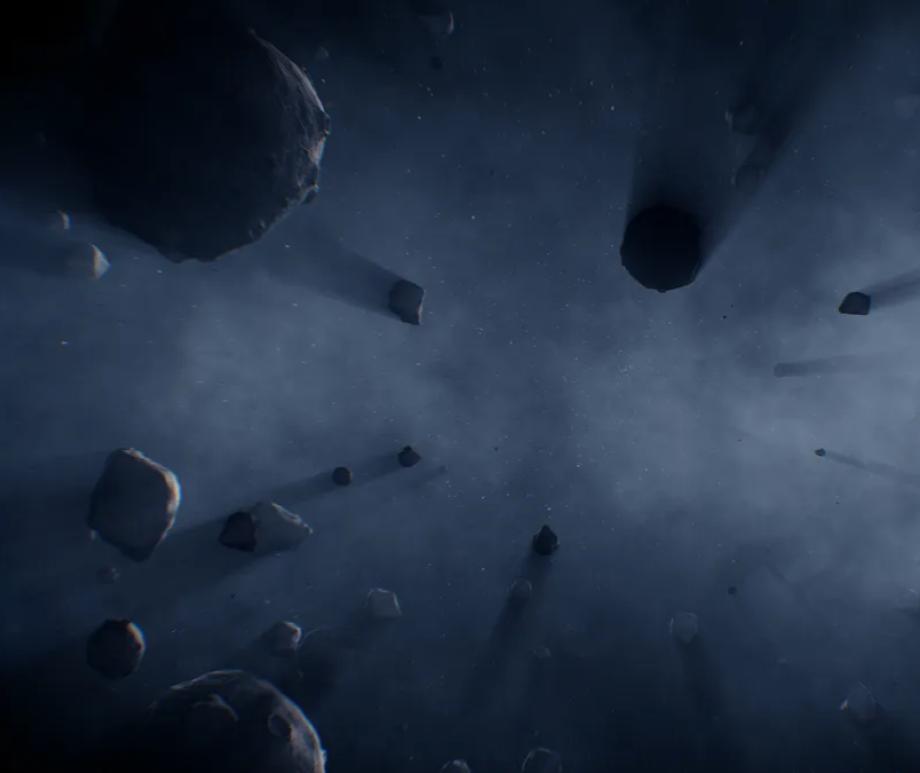
Revised solar system chemistry explains long-standing puzzles
November 20, 2024
Astronomers say they have figured out the true chemical makeup of our solar system Read more
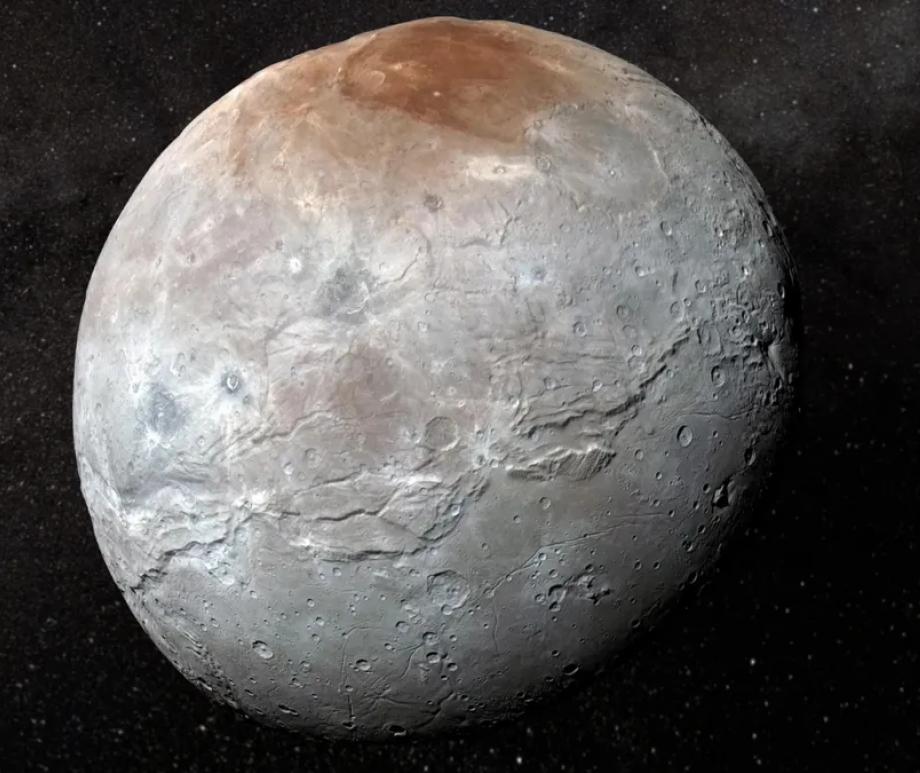
James Webb Space Telescope deciphers the origins of Pluto's icy moon Charon
October 1, 2024
Detecting certain molecules could tell scientists how Charon and other icy bodies at the solar system's edge were born. Read more

Astronomers stunned by unexpected discovery of new celestial bodies in the outer Solar System
September 10, 2024
This suggests a larger, unexplored expanse that parallels other planetary systems Read more
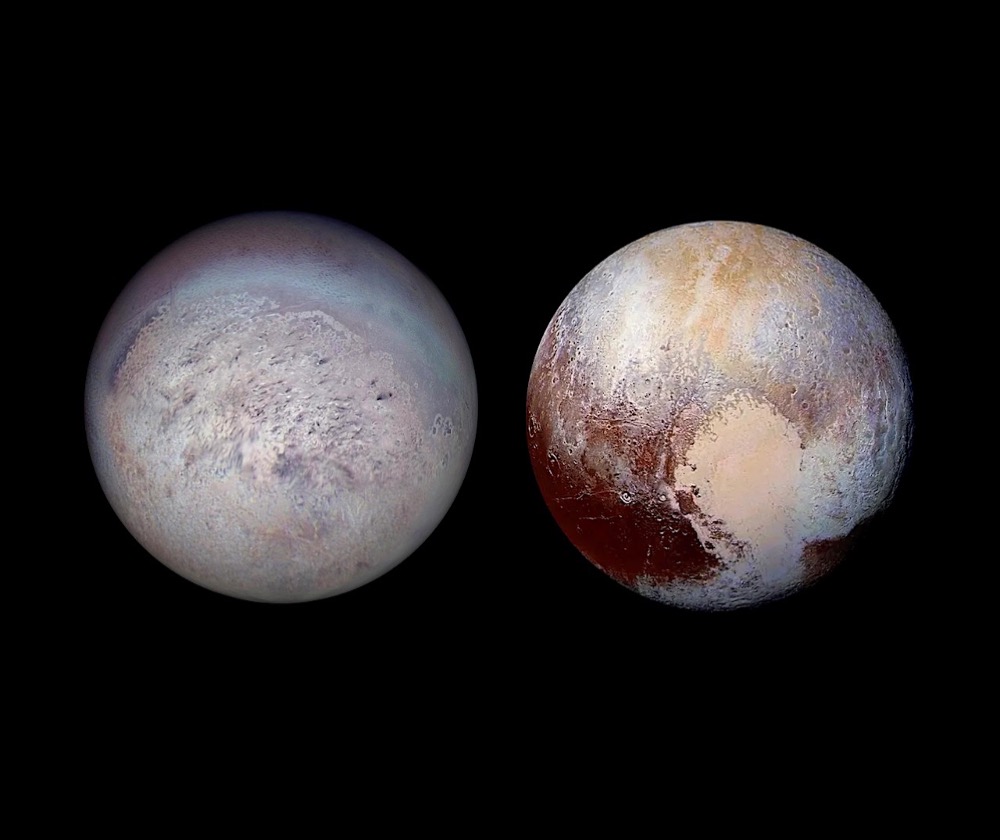
Twin worlds, divergent fates: How obliquity has differently shaped Pluto’s and Triton’s landscapes and climates
September 5, 2024
Triton and Pluto are believed to share a common origin Read more
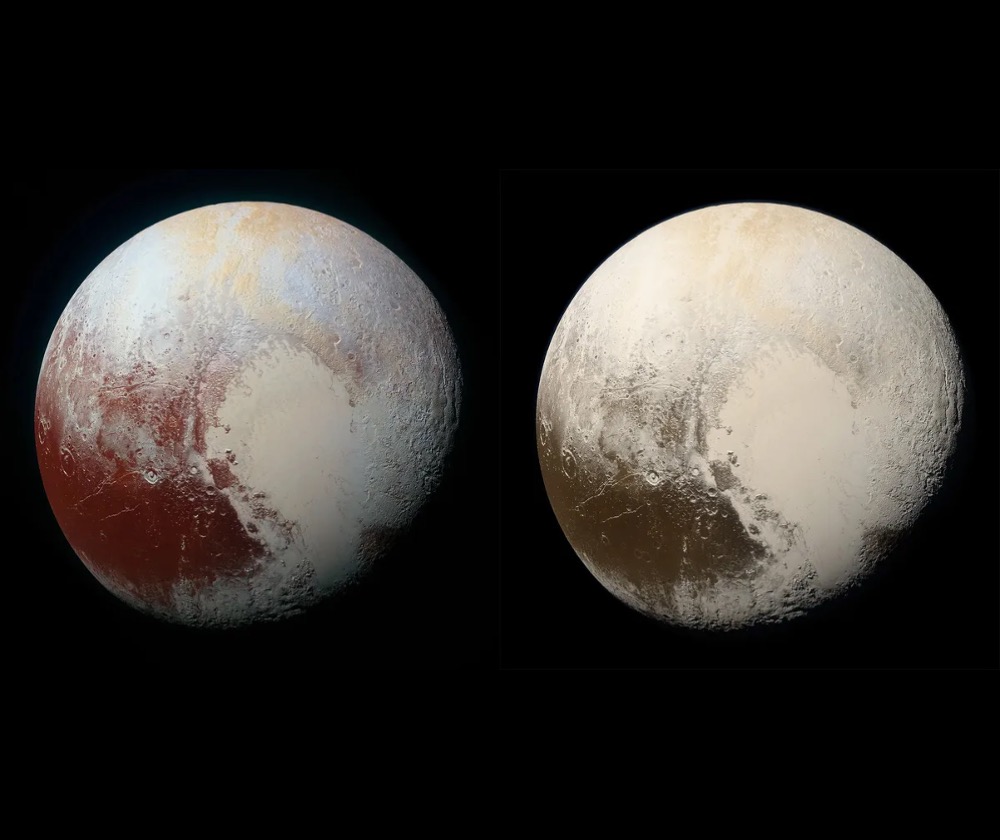
What colour really is Pluto, and how accurate are the images we see of it?
August 27, 2024
The red colour is thought to be a result of the Sun breaking up hydrocarbons on the surface Read more
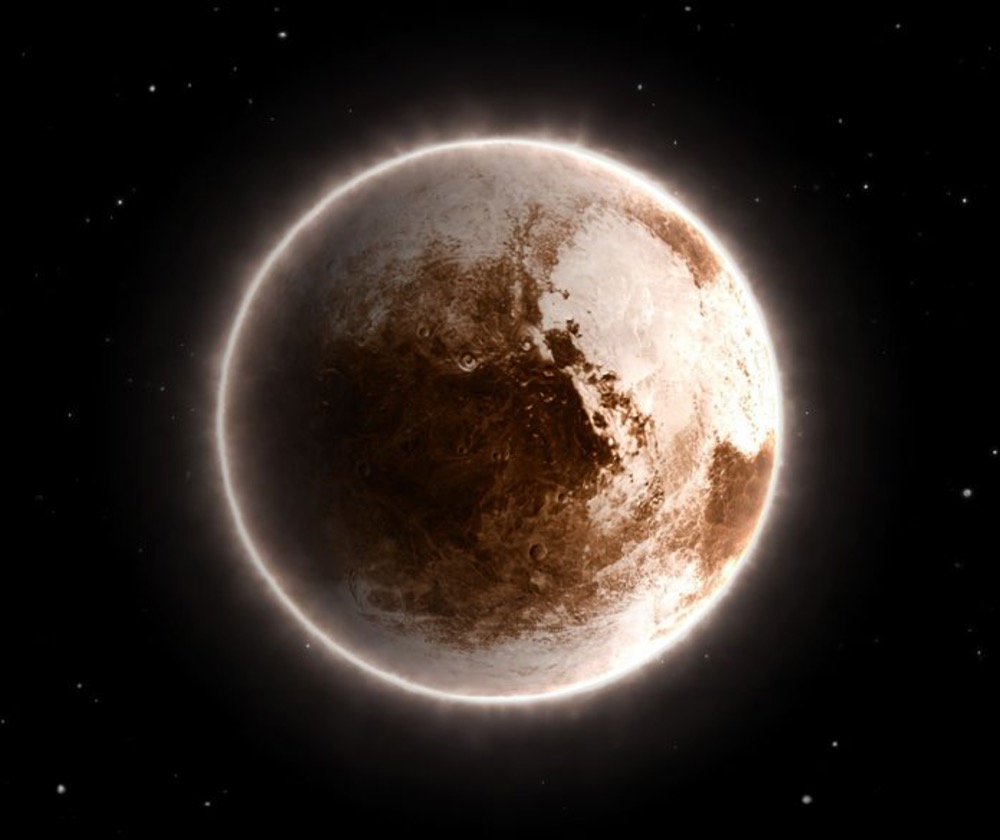
New calculations uncover a vast ocean beneath Pluto’s ice
July 25, 2024
They probe the ocean in greater detail, even if it’s far too deep below the ice to ever see Read more
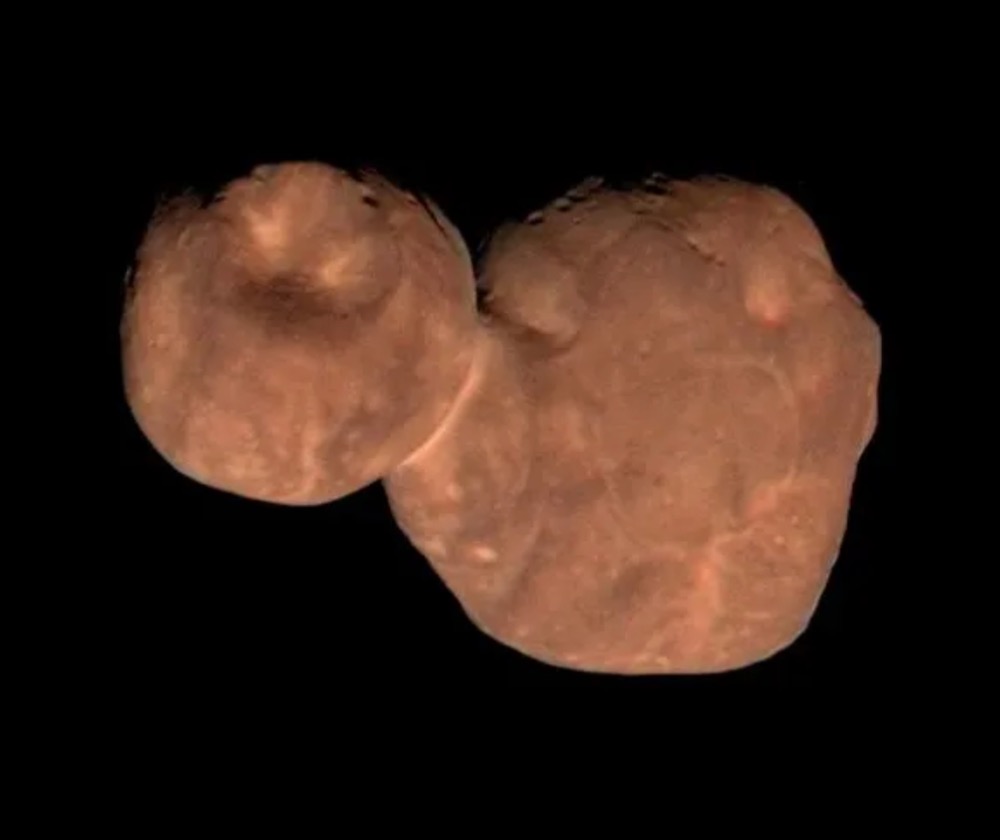
A sugar coating for Arrokoth
July 10, 2024
It might contain ribose and glucose on its surface — the same elements that could have seeded life on Earth Read more
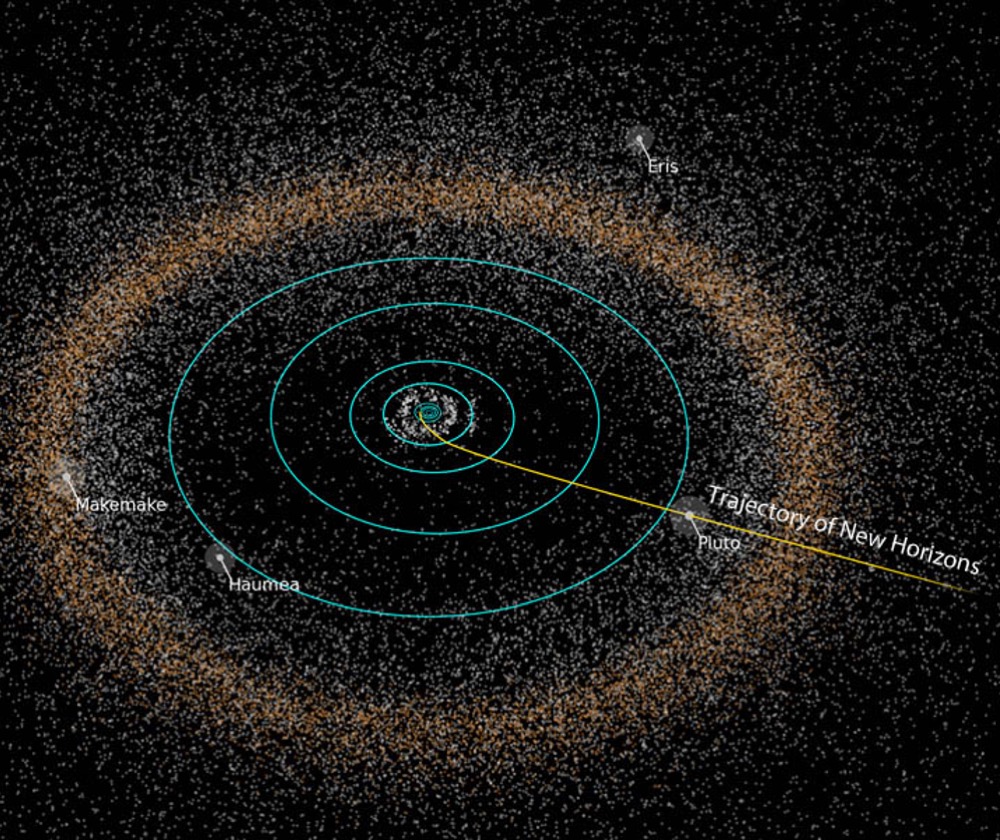
More evidence that the Kuiper Belt is bigger than we thought
July 3, 2024
As New Horizons continues its epic journey, it has a study partner back here on Earth Read more
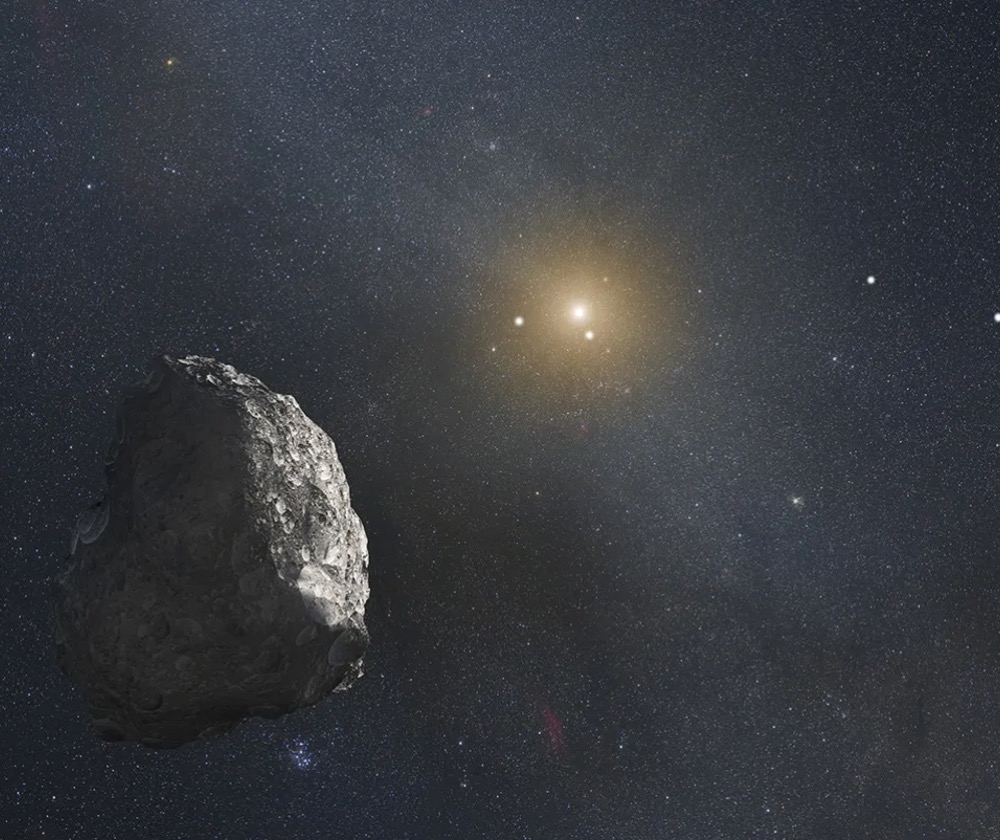
How did astronomers weigh the Kuiper Belt?
June 20, 2024
Astronomers have come up with an ingenious method of calculating the mass of trans-Neptunian objects Read more
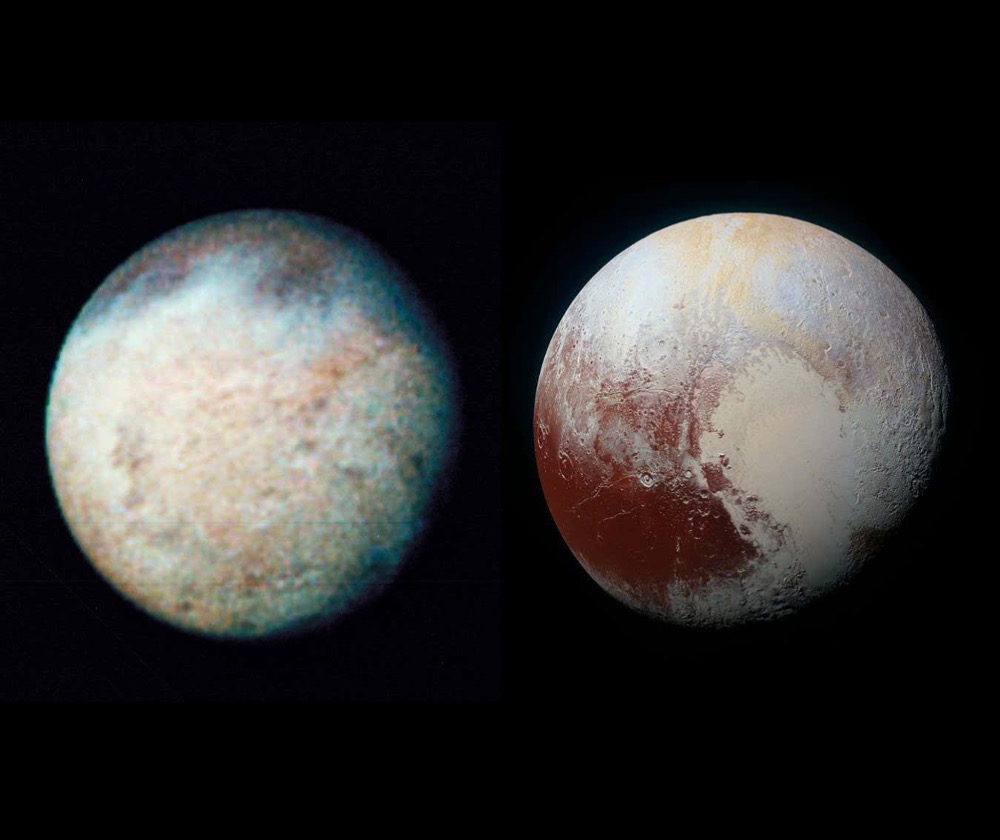
Captive worlds: Is Neptune’s moon Triton a kidnapped Pluto?
June 10, 2024
Some of the earliest direct evidence that Pluto wasn’t alone came from an icy moon Read more
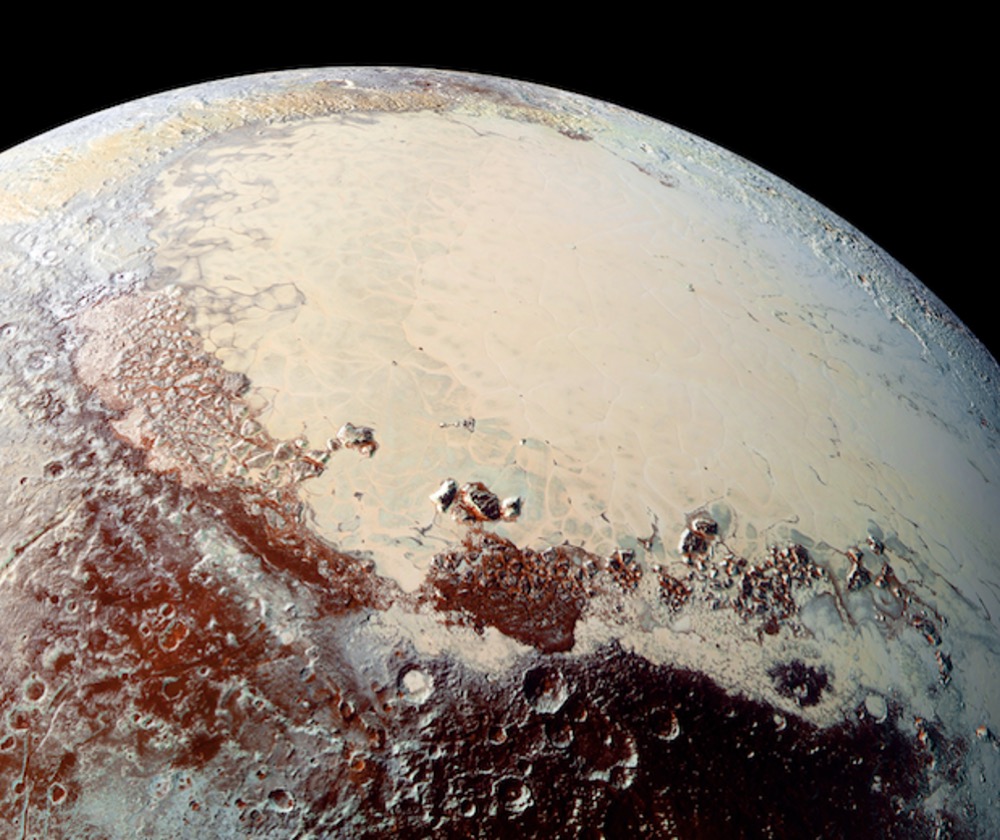
Pluto’s ocean is super salty, scientists say
May 30, 2024
If you could take a dip, you would float easily Read more
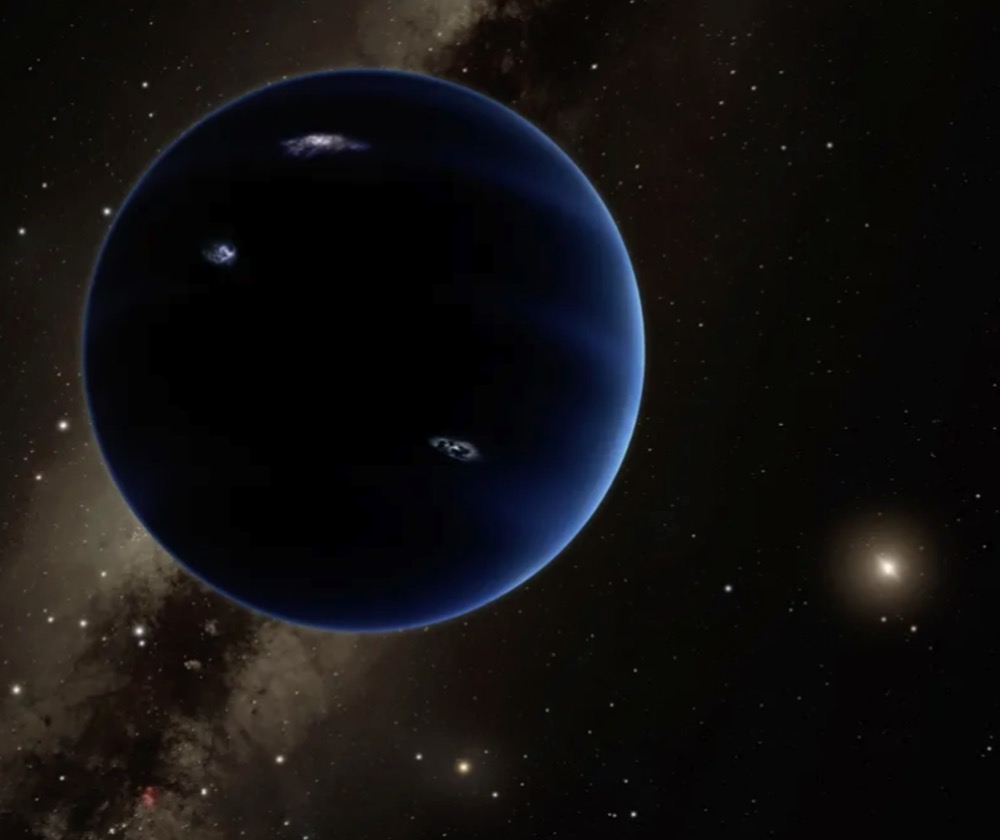
Evidence for Planet 9 found in icy bodies sneaking past Neptune
April 29, 2024
Something is throwing icy bodies past Neptune Read more
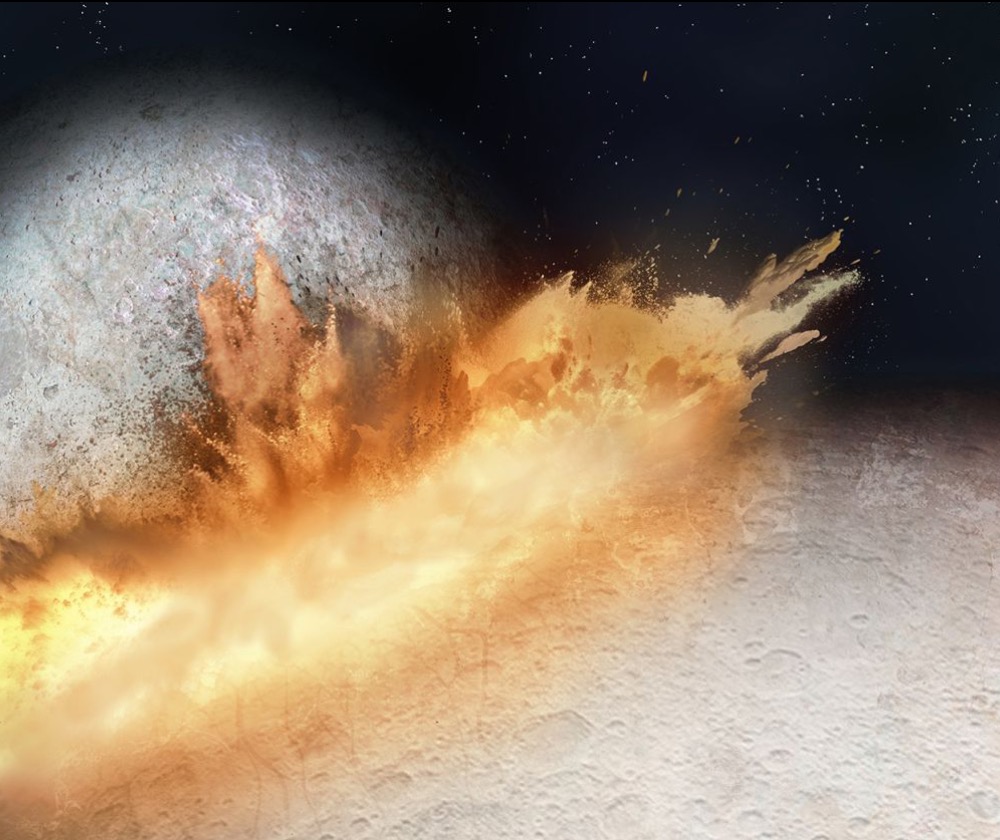
Pluto gained a ‘heart’ after colliding with a planetary body
April 19, 2024
The “left lobe” of the heart is home to much of Pluto’s nitrogen ice Read more
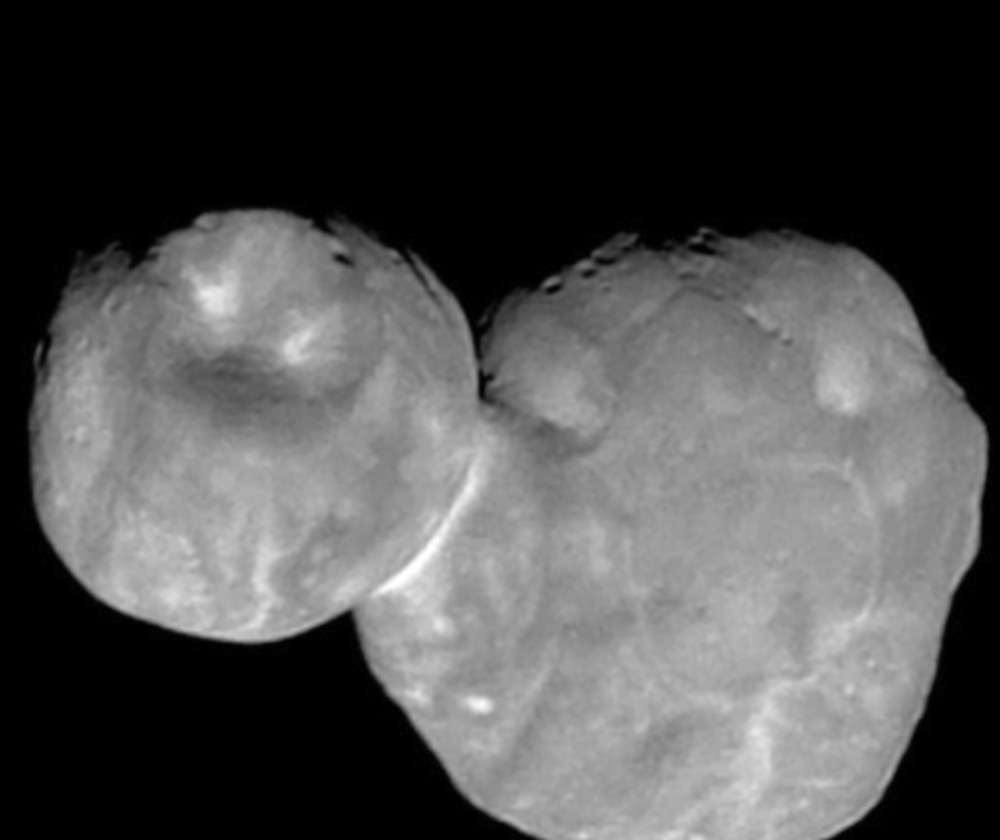
Distant ‘space snowman’ unlocks mystery of how some dormant deep space objects become ‘ice bombs’
March 27, 2024
Deep space objects like Arrokoth may be time capsules containing ancient ices Read more
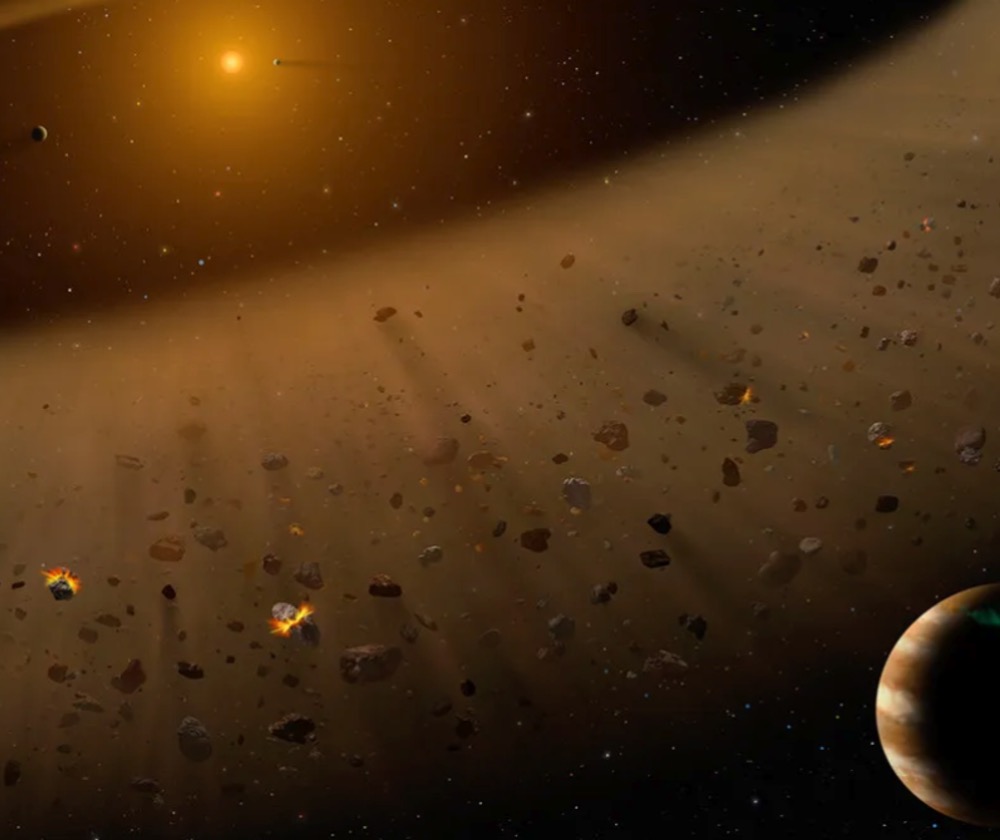
Our solar system map may need an update — the Kuiper belt could be way bigger
February 23, 2024
It could extend billions of miles farther than anyone thought Read more
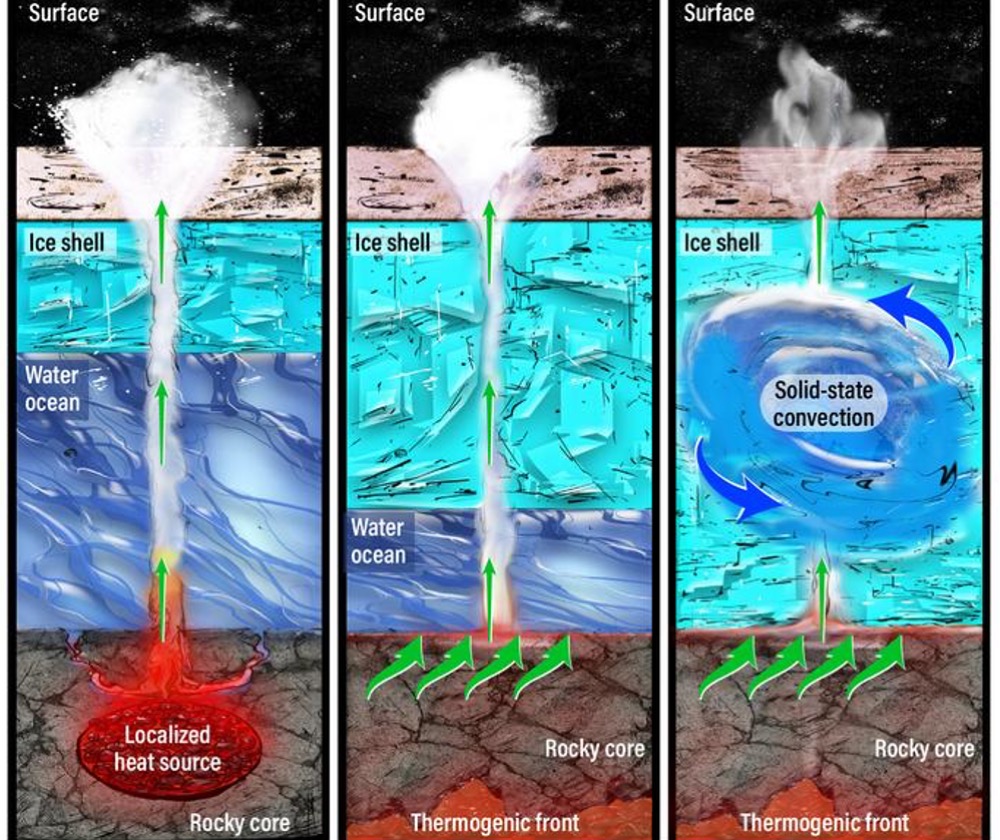
SwRI scientists find evidence of geothermal activity within icy dwarf planets
February 15, 2024
JWST observes potentially young methane deposits on surfaces of Eris and Makemake Read more
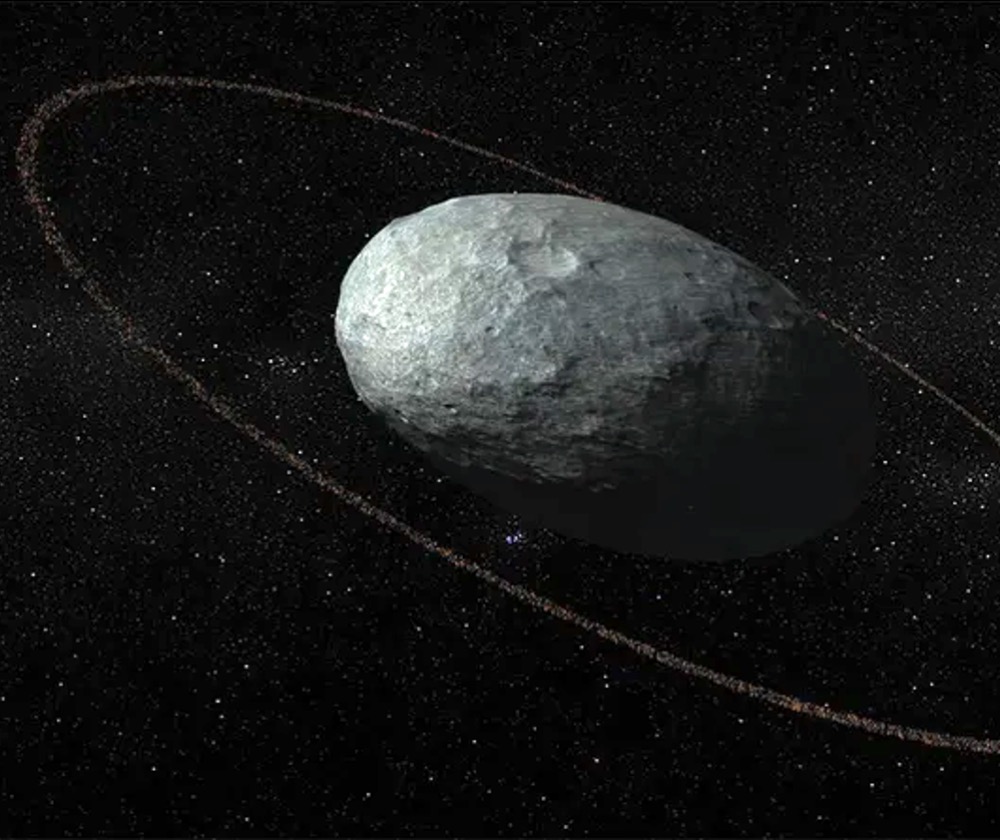
A guide to Haumea, the rugby ball dwarf planet
January 6, 2024
A guide to the dwarf planet known to have its own ring system Read more
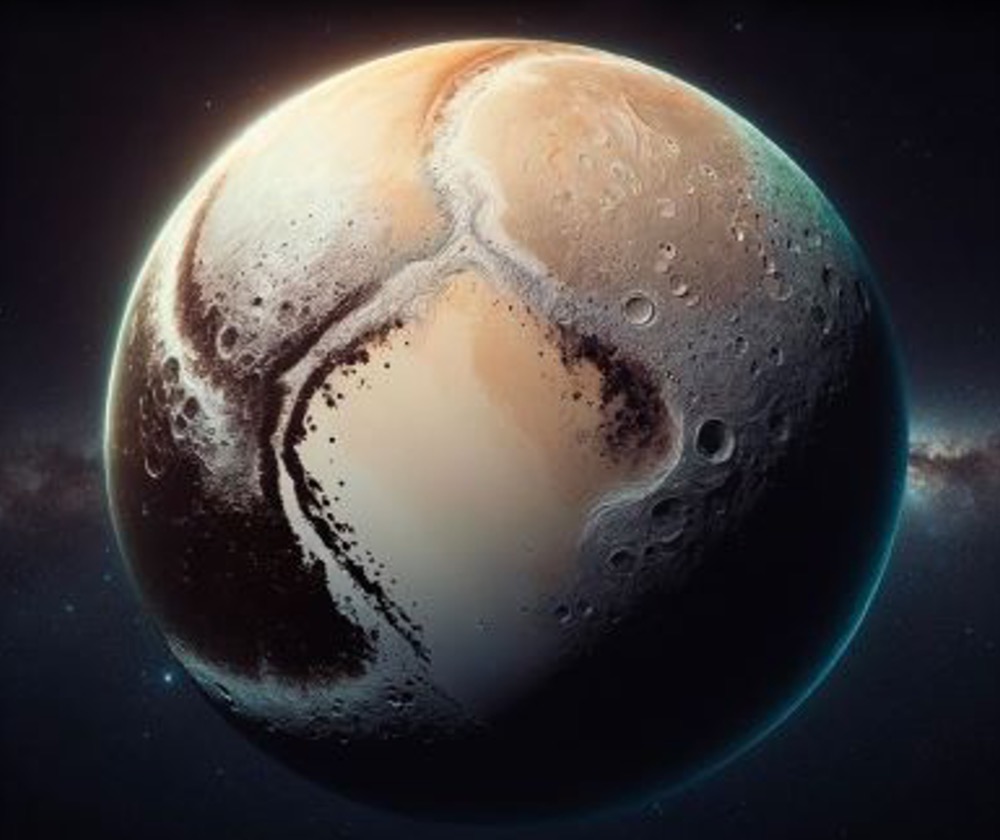
How many planets could be in the Kuiper Belt?
December 31, 2023
A recent study investigates the potential existence of Mars-sized planets Read more
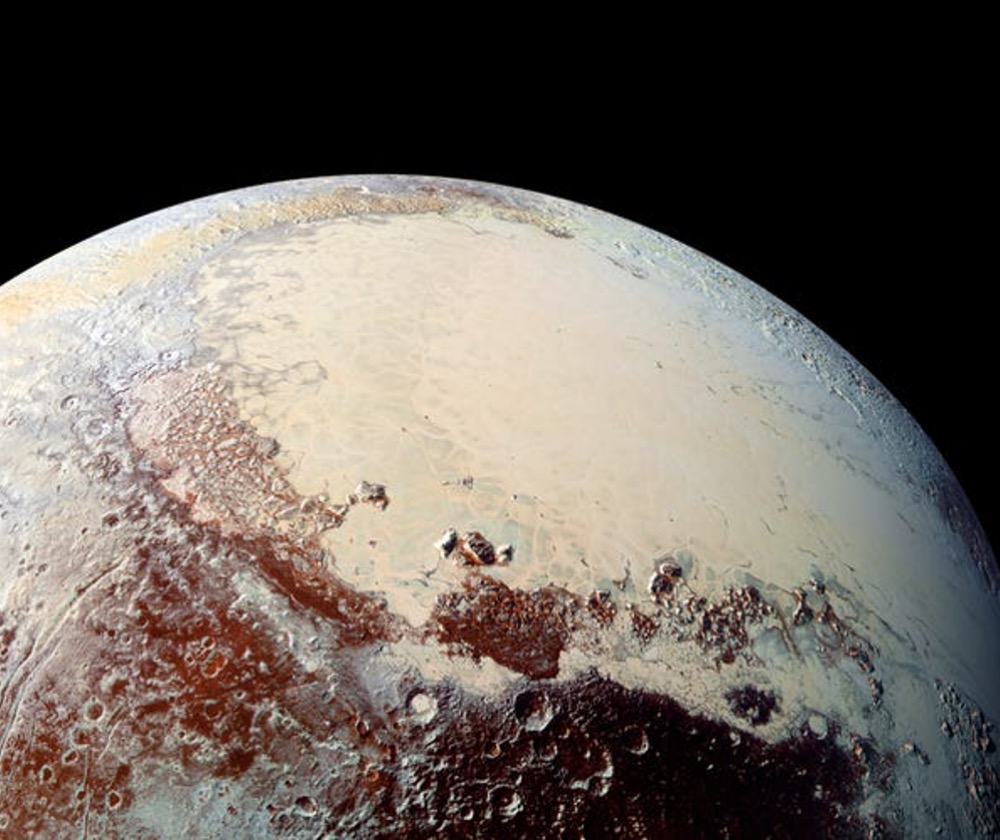
Surface volatile composition as evidence for hydrothermal processes lasting longer in Triton’s interior than Pluto’s
December 12, 2023
Ocean worlds are among the most compelling topics of astrobiology Read more
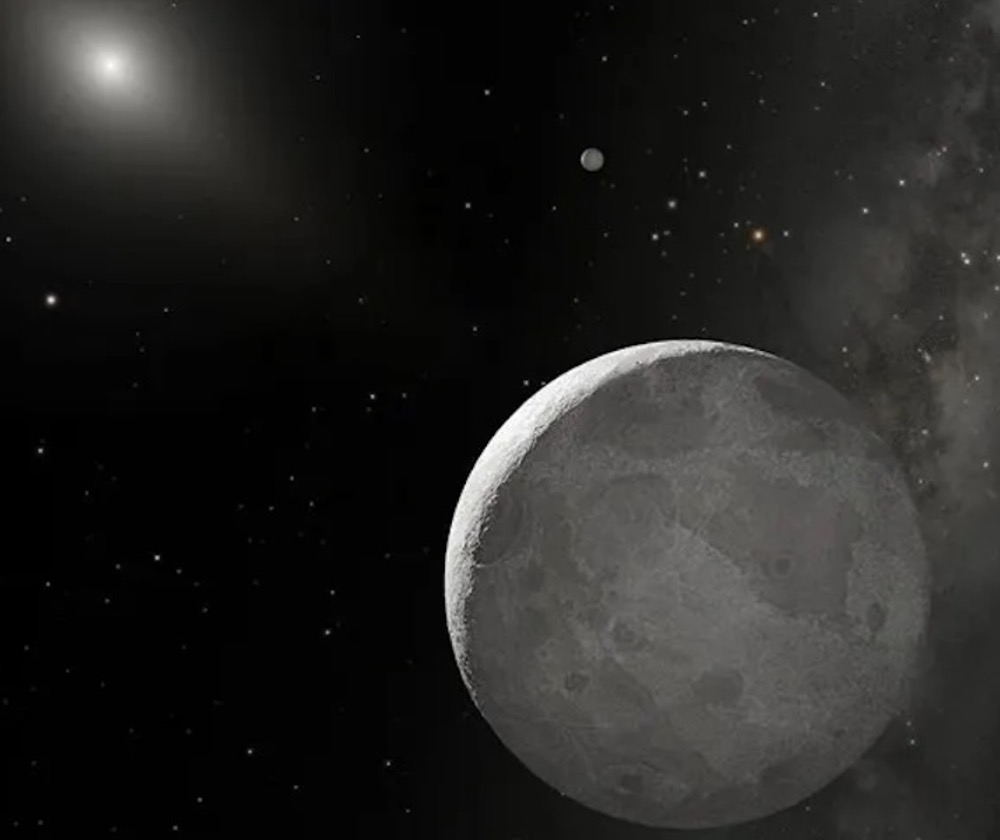
Are Eris and Pluto different on the inside?
November 21, 2023
Interestingly, the clues to the differences at their hearts come from the moons of each world Read more
Fascinating Facts About Pluto
- If the sun were as tall as a typical front door, Earth would be the size of a nickel and dwarf planet Pluto would be about the size of the head of a pin.
- Sunlight on Pluto has the same intensity as moonlight on Earth.
- Pluto and its largest moon Charon form a binary system and orbit around a center of mass that is outside Pluto; it is the only binary system we have directly observed.
- Pluto’s name was proposed by an eleven-year-old girl named Venetia Burney from Oxford, England in 1930.
- The discovery of Eris in the Kuiper Belt led to Pluto’s demotion from planet to dwarf planet; similarly, Ceres in the asteroid belt was reclassified as a dwarf planet.
- The Kuiper Belt is where short-period comets (which take less than 200 years to orbit the Sun) originate.
- Some dwarf planets, such as Pluto, have thin atmospheres that collapse when they are farthest from the Sun in their orbits.
- Several dwarf planets in the Kuiper belt have moons; Pluto has five moons.
Missions
New Horizons (2006)
Mission to study Pluto, its moons and other Kuiper Belt objects



